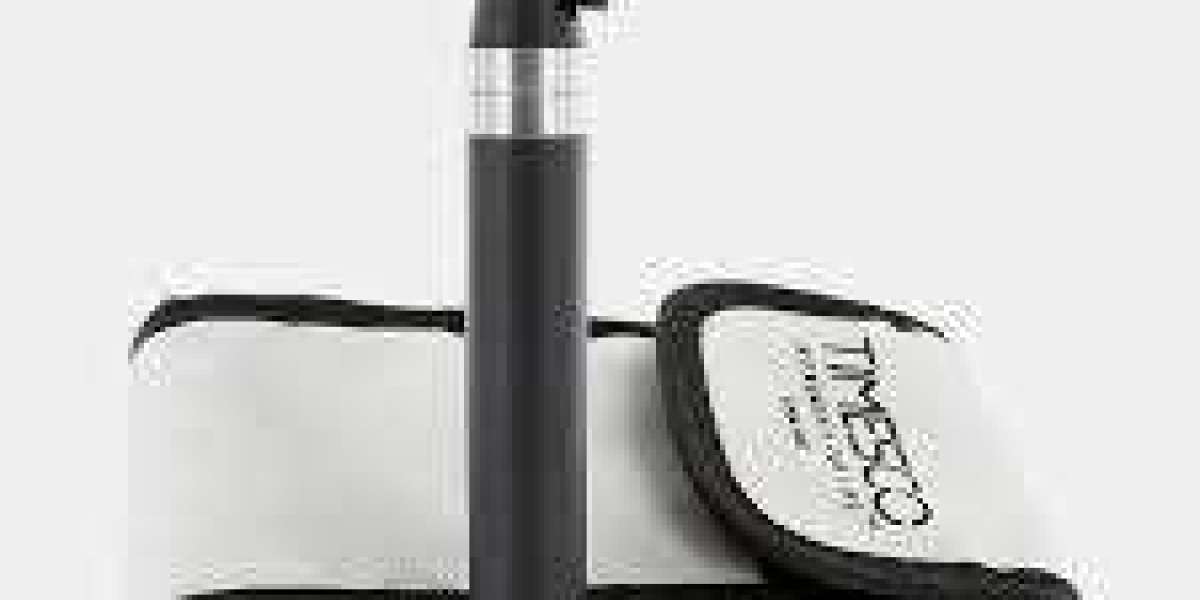The Otoscopes Market is evolving rapidly, driven by technological advancements and the increasing demand for accurate, efficient diagnostic tools. Among the various innovations in this field, the shift from traditional to digital otoscopes is one of the most significant. This blog takes a closer look at the key differences between digital and traditional otoscopes, comparing their features, advantages, and applications to help healthcare professionals make informed decisions.
Traditional Otoscopes: A Reliable Classic
Traditional otoscopes have been the standard diagnostic tool for ear health for decades. They are widely used in various healthcare settings due to their simplicity, reliability, and affordability. Typically, traditional otoscopes consist of a handle, light source, and a speculum for ear examination.
One of the main advantages of traditional otoscopes is their low cost. For healthcare providers in resource-constrained environments, these devices offer an affordable option for diagnosing ear-related disorders. Additionally, traditional otoscopes do not require any complex technology or software, making them easy to operate with minimal training.
However, traditional otoscopes have certain limitations. The quality of images produced is often lower compared to digital models, which can make it challenging to detect subtle ear abnormalities. Moreover, their lack of connectivity means that healthcare providers cannot easily share images or collaborate with specialists remotely.
Digital Otoscopes: The Future of Ear Diagnostics
Digital otoscopes have emerged as a game-changer in ear healthcare, offering several advanced features that traditional otoscopes cannot match. These devices use high-resolution digital cameras and integrated lighting systems to capture detailed images of the ear canal and eardrum. These images can then be displayed on a screen, allowing for a clearer view of the ear’s internal structure.
One of the key benefits of digital otoscopes is their enhanced image quality. The high-definition images allow for better diagnosis of conditions such as ear infections, blockages, and eardrum perforations. Digital otoscopes also offer the ability to record and store images, which can be used for future reference or shared with specialists for remote consultations.
Moreover, many digital otoscopes come with wireless connectivity options, allowing healthcare professionals to upload images to cloud platforms for easy access and sharing. This feature is particularly valuable in telemedicine and remote healthcare settings, where specialists can review images and provide consultations without being physically present.
Key Differences: A Side-by-Side Comparison
| Feature | Traditional Otoscopes | Digital Otoscopes |
|---|---|---|
| Image Quality | Moderate (limited resolution) | High (HD resolution) |
| Cost | Low (affordable for most clinics) | Higher (due to advanced features) |
| Ease of Use | Simple, no technical knowledge required | Requires some training for optimal use |
| Portability | Highly portable | Portable but may be bulkier |
| Data Sharing | No data sharing capabilities | Wireless connectivity for image sharing |
| Storage | No storage of images | Images can be saved and accessed later |
| Applications | Basic diagnostics | Advanced diagnostics, telemedicine, and remote consultations |
Choosing the Right Otoscope for Your Practice
The decision to choose between digital and traditional otoscopes depends largely on the specific needs of a healthcare provider. For smaller clinics or those with budget constraints, traditional otoscopes may still be the preferred choice due to their low upfront cost and simplicity. They remain a reliable tool for basic ear examinations in settings where advanced technology is not a necessity.
On the other hand, healthcare facilities looking to offer more advanced care, improve diagnostic accuracy, and embrace telemedicine may find digital otoscopes to be a valuable investment. With their enhanced image quality, data storage capabilities, and connectivity features, digital otoscopes are quickly becoming the go-to choice for modern healthcare providers.
The Otoscopes Market continues to evolve, and as the demand for more precise diagnostics grows, digital otoscopes are likely to play an increasingly important role in improving patient care.
Conclusion
In the ongoing debate between digital and traditional otoscopes, each type of device offers distinct advantages depending on the specific needs of the user. Traditional otoscopes remain an affordable and reliable option for basic ear examinations, while digital otoscopes offer advanced features that enhance diagnostic accuracy, image sharing, and telehealth applications.
As the Otoscopes Market expands, the choice between digital and traditional models will depend on factors such as budget, healthcare setting, and the level of care required. However, it is clear that the future of ear health diagnostics is moving towards digital innovations that promise to improve patient outcomes and streamline the diagnostic process.








